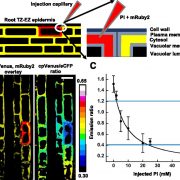
On the Inside: Spatial Dynamics of Pi Distribution in Roots
Plant Physiology, Plant Physiology: On The InsideThe availability of inorganic phosphate (Pi) often limits plant growth and crop productivity. The signaling mechanisms governing Pi starvation responses in plants include responses to external Pi concentrations to modify the root system architecture and responses to internal Pi concentrations to maintain…

On the Inside: Characterization of a Ribosome Biogenesis Factor
Plant Physiology, Plant Physiology: On The InsideThe structure and biogenesis of the eukaryotic 80S ribosome are similar in all eukaryotes, as are the ribosomal RNAs (rRNAs) and ribosomal proteins involved in these processes. The biogenesis of the 80S ribosome in eukaryotes is best characterized in the yeast Saccharomyces cerevisiae. Indeed, the individual…
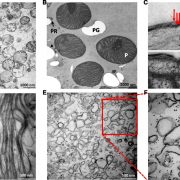
On the Inside: The Origins of Euglena gracilis’s Middle Plastid Envelope Membrane
Plant Physiology, Plant Physiology: On The InsideThe plastids of Euglena gracilis, a freshwater photosynthetic flagellate, are embedded by three membranes. These membranes are an evolutionary vestige of the secondary endosymbiotic event that occurred between a phagotrophic eukaryovorous euglenid and a Pyramimonas-related green alga. The plastids…
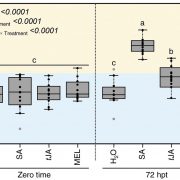
On the Inside: Citrus Greening Disease and Melatonin
Plant Physiology, Plant Physiology: On The InsideMelatonin has diverse effects on plant growth and development and has been implicated in tolerance to abiotic stresses such as drought, salinity, freezing, and high temperature. The protective role of melatonin against biotic stresses in plants, however, remains unclear. Huanglongbing (HLB), popularly…
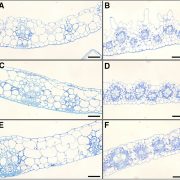
On the Inside: Sodium Sequestration by a Turfgrass
Plant Physiology, Plant Physiology: On The InsideAbout 20% of irrigated land is considered saline, with the amount of saline soils increasing worldwide. This trend is alarming due to the high salt sensitivity of most crop species. Yield reduction in crops in saline soils amounts to losses in the order of 12 to 27.3 billion US dollars annually. Thus,…

On the Inside: Non-Stomatal Water Loss by Tomato Fruits
Plant Physiology, Plant Physiology: On The InsideIn land plants, water is lost primarily by transpiration through stomata. However, when the aerial tissues begin to dry, the stomata close, and transpiration, much reduced, occurs mostly from the apoplast of epidermal cells. The hydrophobic cuticle that coats the epidermis of aerial organs provides the…
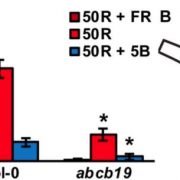
Leaf position makes a difference: the ABCB19 auxin transporter affects light perception
Blog, Plant Physiology, Plant Physiology: News and Views, ResearchAuthor: David S. Favero1 (ORCID: 0000-0002-6879-0323)
[email protected]
Affiliation:
1RIKEN Center for Sustainable Resource Science, Yokohama, Kanagawa, 230-0045 Japan
Main text:
As autotrophs, plants must maintain photosynthesis to thrive. In order for this to happen, a plant’s…

MED25 Mediates Shade-Induced Hypocotyl Elongation in Tomato
Blog, Plant Physiology, Plant Physiology: News and Views, ResearchAuthor: Sjon Hartman
ORCID: 0000-0002-6709-6436
Plant Ecophysiology, Institute of Environmental Biology, Utrecht University, Padualaan 8, 3584 CH, Utrecht, The Netherlands
[email protected]
Avoiding the shade of neighboring plants is essential to optimize light capture and…
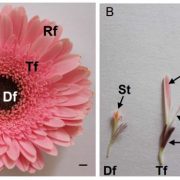
CYCLOIDEA3 is targeted by disparate transcription factors in patterning flowers in Gerbera
Blog, Plant Physiology: News and Views, ResearchYunqing Yu
Donald Danforth Plant Science Center
Kellogg Lab
SAINT LOUIS, MO 63132
United States of America
[email protected]
Flowering plants have evolved enormous diversity and complexity of inflorescence architecture. One great model for studying complex inflorescence development and…

